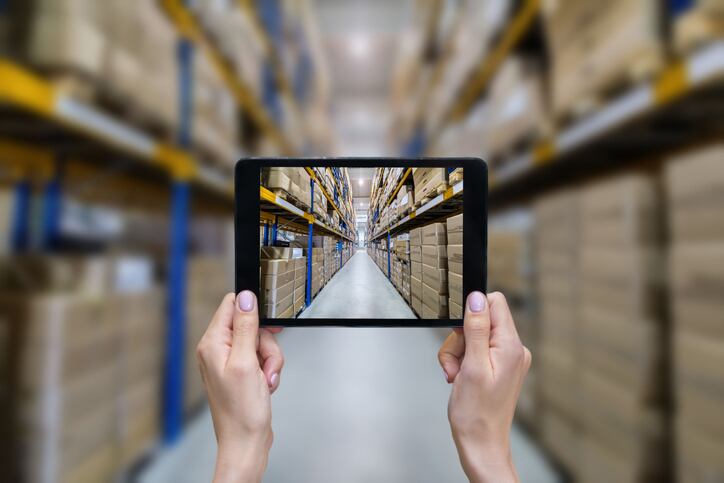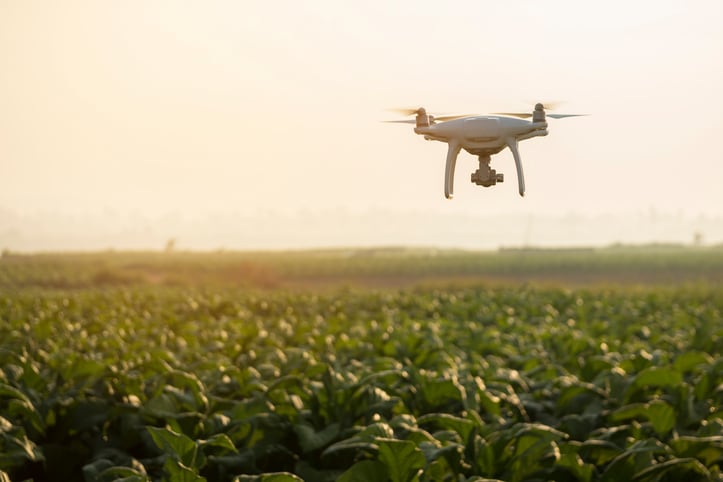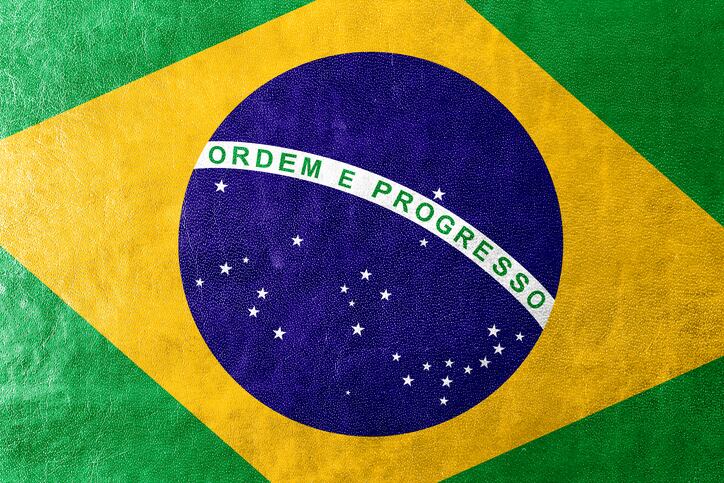Founded by Miguel Abuhab in Joinville, Brazil in 1999 when the internet was still in its infancy, Neogrid has grown to become a global player in supply chain management.
Thanks to proprietary algorithms, its cloud-based services allow manufacturers to align operations, distribution and inventory replenishment with actual consumption and real-time demand. This means fewer product shortages or excesses and more availability at the point-of-sale.

“Our greatest differentiation is developing solutions that support retailers and manufactures to guide production and inventory replenishment according to the end consumer,” Robson Munhoz, vice president of Neogrid operations, told FoodNavigator-LATAM.
“That is, through a sell-out model - not sell-in, which is common in supply chain processes. We believe that this adjustment provides a huge competitive advantage to all links: it reduces product excess and shortages at the same time, increases inventory turnover, availability and, consequently, sales.”
For the end-user, Neogrid’s interface takes the form of portals with indicator dashboards, tools and software programs that can be integrated with companies’ own Enterprise Resource Planning (ERP) programs.
Case study successes
Clients include not just regional food companies (Itambé, one of Brazil’s biggest dairy companies, and Heineken-owned Cervejarias Kaiser, for instance) but also some of the world’s biggest CPG manufacturers: Danone, General Mills, Kellogg, Mars, Mondelez, Nestlé, PepsiCo, and Unilever are all users.
After using Neogrid to connect to 248 organizations, PepsiCo Brazil, for instance, said it reduced its mean absolute percentage error (MAPE) by 55% and out-of-stock at the point-of-sale by 37%.
Kellogg, which uses it for 28 organizations, reduced 10 percentage points in out-of-stocks and phantom inventories and said it has more balanced inventories.
Fernanda Santos, the national merchandising executive at Kellogg’s Brazil, said Neogrid indicators allowed the company to "develop a field team that is focused on identifying critical situations in product supply, store system adjustments and loss of sales".
Keeping count in a country with ‘continental dimensions’
According to Munhoz, each region around the world has its own challenge, whether due to climate, customs, transportation regulations or even geography.
“Brazil is a country with continental dimensions. It has more than 8 million square kilometers. Its food logistics require a lot of attention and care, as we have industrial centers from north to south. Companies will only be more effective if they understand the demand at the pace of consumers, otherwise, they will be distributing goods to places where these products do not sell, or their turnover of goods will be very low, influencing immensely the working capital.
“With visibility from the point of view of demand, companies become more effective in the distribution of goods and can put the right product in the right place and in the right quantity. No shortages, no excesses,” he added.
As for Brazil’s new political landscape, Neogrid is feeling positive.
“We are optimistic about the new president. We have held meetings with executives from several manufacturing and retail segments and the expectation is very high. Alternation of power combined with a democracy established over the years places Brazil in a very interesting position. According to Luiz Carlos Trabuco, chairman of the board at [one of Brazil’s biggest banking and financial services company] Bradesco, the country is well positioned economically."
While, on average, countries with an international AAA or B + rating have an external debt of 52% of GDP and Brazil has 27%; they have average reserves of US$139 billion and Brazil has US$377bn, they have a deficit of 3.3% and Brazil has a -0.3% deficit, he said.
“Therefore, we are a very interesting country in the global context and there are great opportunities for growth and investment. We are very confident!” Munhoz added.




